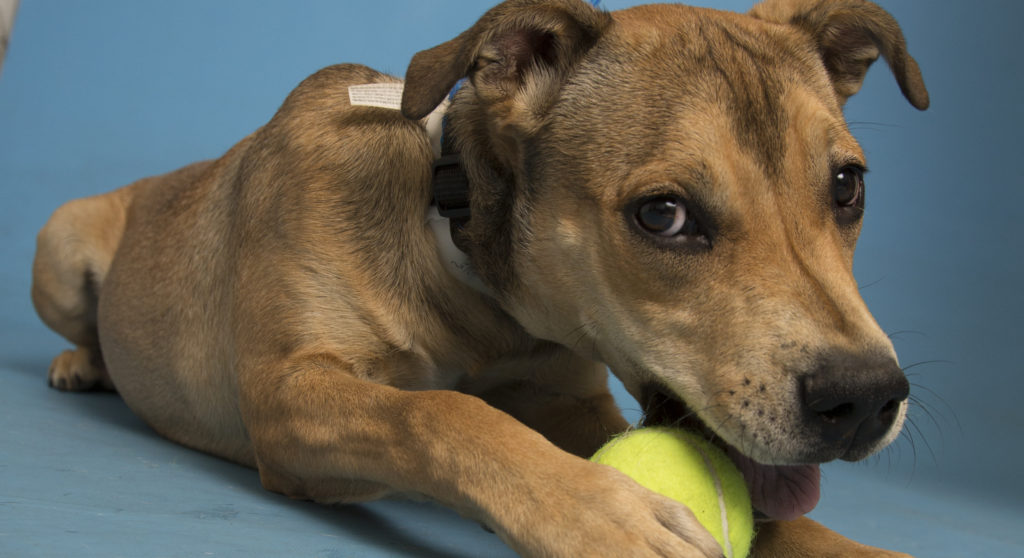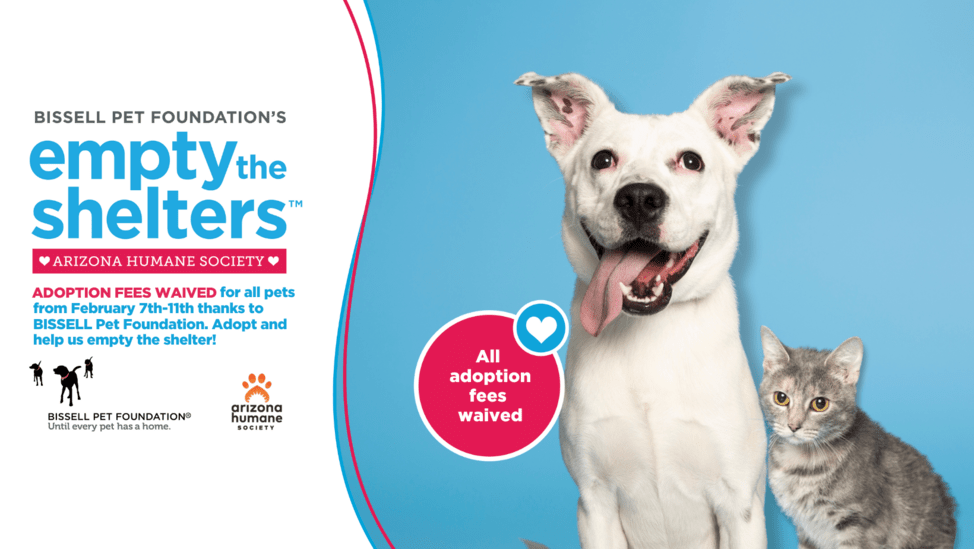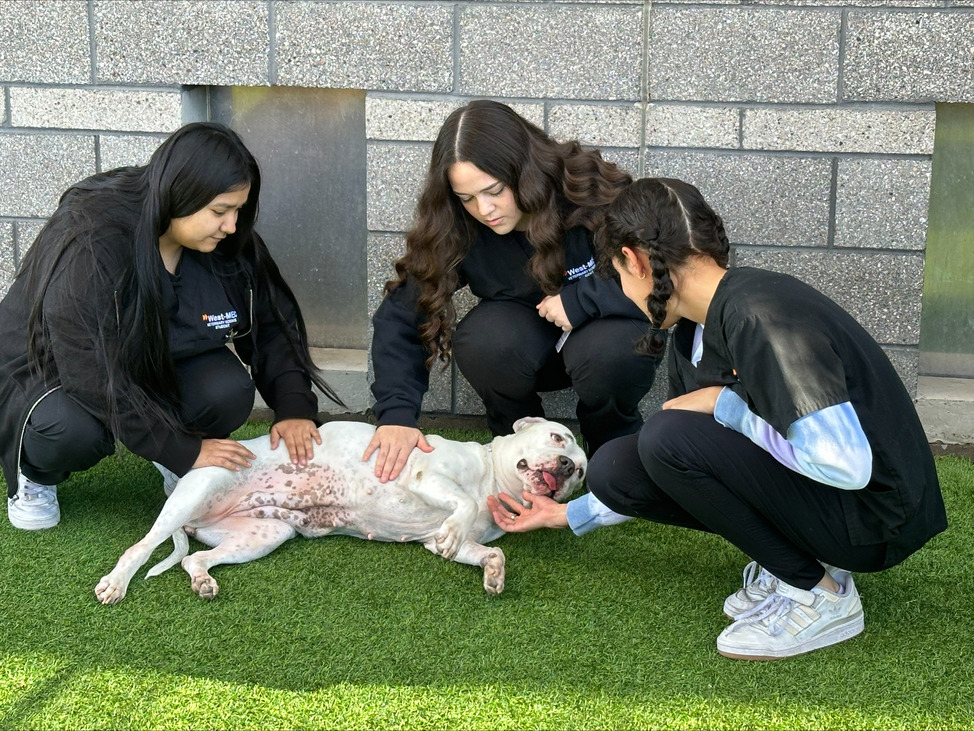 Back to News
Back to News
Separation Anxiety in Dogs
Does you dog have separation anxiety?
Does your dog seem distressed? Things such as changing ownership, people leaving the household, moving to a new house or even a change in schedule can spark a reaction in some dogs.
Signs of Separation Anxiety in dogs:
[one_third]
- Excessive Vocalizing
- Hypersalivating
- Pacing
[/one_third][one_third]
- Panting
- Eliminating inside house
- Digging or attempts to escape
[/one_third][one_third_last]
- Showing anxiety when the owner prepares to leave the home
[/one_third_last]
First discern the initial action that sets your dog’s anxiety into motion. Is it when you start turning off the electronics, putting on your shoes, or even after you leave the house like starting your car or pulling out of the driveway?
Start with a small step such as, getting up to get your keys. Instead of getting your keys and walking out the door, you would just pick them up and set them back down. In your dog’s mind, once you’ve done this a few times a day and nothing happens when you do it, there is no need to react to it.
Steps When Getting Ready to Leave
- Do not try to comfort your dog, this is just getting him more excited. Do the same when returning home as well. It is important to keep the interactions minimal and calm.
- Break out a toy that your dog only gets to have when you leave the house.
- Crate training can be one of the most helpful things for dogs with separation anxiety.
- You can leave a old shirt or blanket that has your scent on it.
- Turn on your radio or TV to something soothing.
Desensitization
We started with grabbing the keys a few times a day, shoes, purses/wallets. Now once you can do those things without a reaction from your dog, it is time to start practicing walking out the front door.
[one_third]
First Step
- Pick up one item: Keys, shoes or purse/wallet
- Open front door and close it without walking out.
- Do not acknowledge your dog.
- Repeat process until you see no reaction from your dog.
[/one_third][one_third]
Second Step
- Pick up one item
- Open front door; walk outside; close door
- Immediately come back into the house
- Do not acknowledge your dog
[/one_third][one_third_last]
Third Step
- Pick up one item
- Open front door; walk outside; close door
- Stay outside for 5 seconds
- Come back inside your house
- Do not acknowledge your dog
[/one_third_last]
You should start slowly increasing the duration of time spent outside the front door. If there are any signs of anxiety then you have stayed outside too long.
If you pup tears something up or eliminates in the house, he is not being spiteful, he is using that to comfort himself. Punishment for anything that has happened in these circumstances will not help. It will make your already anxious dog more anxious.
Have Pet Behavior Questions?
Call our certified behaviorists at 602-997-7585 ext. 2043. We’d love to help!



 Arizona Humane Society's Rob & Melani Walton Papago Park Campus Now Open
Arizona Humane Society's Rob & Melani Walton Papago Park Campus Now Open
 3 Million Missed Spay/Neuter Surgeries During Pandemic Still Impacting Animal Welfare Organizations
3 Million Missed Spay/Neuter Surgeries During Pandemic Still Impacting Animal Welfare Organizations
 Arizona Humane Society Partners with Senator T.J. Shope to Introduce Animal Cruelty Bill
Arizona Humane Society Partners with Senator T.J. Shope to Introduce Animal Cruelty Bill
 Arizona Humane Society Expands Partnership with West-MEC to Address Overcapacity Challenges
Arizona Humane Society Expands Partnership with West-MEC to Address Overcapacity Challenges